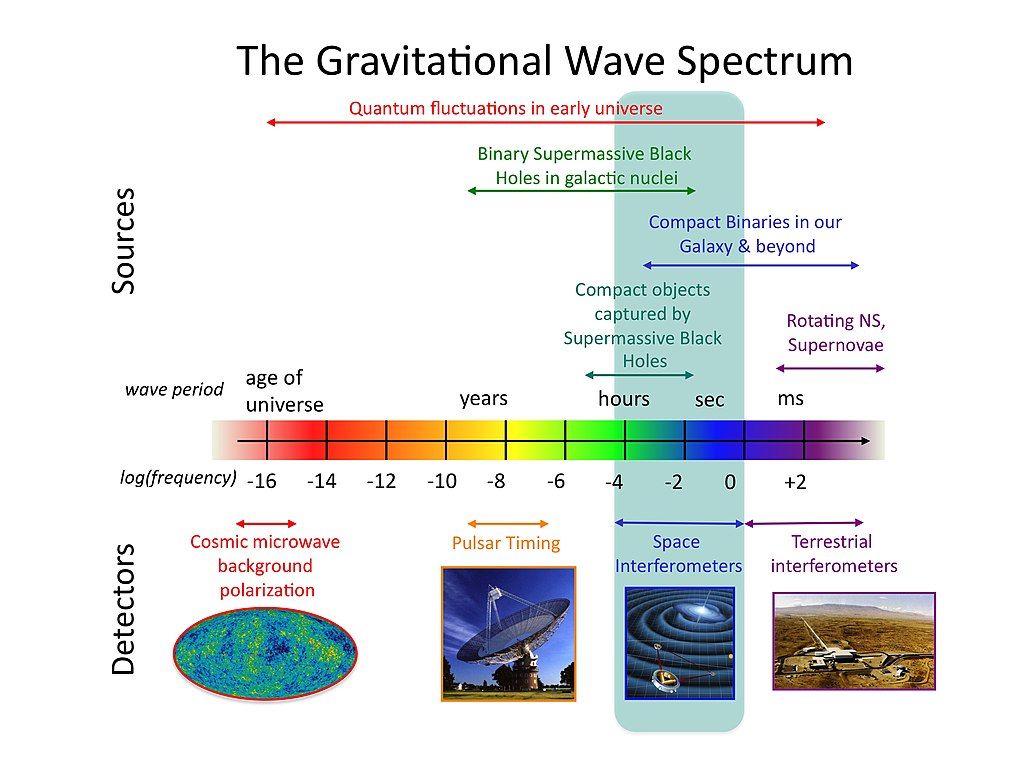The new research «boldly goes» where physicists have never gone before, suggesting what would happen to the space around a failed disk.
Science fiction fans are more than familiar with the concept of a «varp drive,» a device that allows spacecraft to travel at speeds faster than light, so-called «superluminal» speeds. These instruments are usually described as being able to manipulate the structure of space and time, or spacetime. However, even die-hard science fiction fans may be surprised to learn that there is some theoretical thinking about warp disks in real science as well. The most famous example is the «Alcubierre drive» of the Mexican physicist Miguel Alcubierre.
In addition, a team from Queen Mary University of London, Cardiff University, University of Potsdam and the Max Planck Institute (MPI) for Gravitational Physics also discovered that if spacecraft there were already using superluminal discs, we could detect them via tiny ripples in space-time called «gravitational waves» are created if and when these discs break up.
«Although warp disks are purely theoretical, they have a well-defined description in Einstein’s theory of general relativity, and so numerical simulations allow us to explore the impact they may have on spacetime in the form of gravitational waves,» lead author of the Katy Clough team. Queen Mary University of London said in a statement.
Related: Warp drives may one day be possible, new research suggests
Science fiction vs science fact
Warp directions in both science fiction and real science are usually rooted in Albert Einstein’s theory of gravity, known as general relativity. Posted in 1915, general relativity suggests that objects with mass cause the four-dimensional fabric of space-time to distort. The effects of gravity we experience arise from this distortion.
The more mass an object has, the more extreme the curvature of space it generates and, thus, the stronger its gravitational effect. Light and other objects with mass are forced to travel around the complex distortion of space.
General relativity also suggests that when objects accelerate, they cause spacetime to «ring» with gravitational waves. However, objects on a planetary scale, such as an accelerating machine, have too little mass to create significant gravitational waves. However, massive objects like black holes and neutron stars that orbit each other in binaries and eventually collide create gravitational waves that can be detected here on Earth.
Clough and colleagues suggest that deformation discs can also emit gravitational waves, especially if they fail.

Furthermore, Einstein based general relativity on his 1905 theory of special relativity; the foundation of special relativity is that nothing with mass can move faster than the speed of light.
This means that science fiction writers must present circumstances that allow this rule to be broken, or at least slightly bent, in order to consider faster-than-light travel. In DC Comics, for example, there is a ubiquitous field outside of space-time called the «speed force» that gives Wally West, the Flash, the energy needed to overcome light (and Superman, if you ask me).
In Star Trek, negative mass exotic matter allows the USS Enterprise to travel at faster than light or «warp speed» by generating a warp bubble around the ship in which space-time is warped, compressed in front of the ship and lying back. that. This means that the USS Enterprise bends and distorts space itself, thus not breaking Einstein’s rules of special relativity, unlike the Flash and his speed force.
This team looked at what would happen if a warp bubble like the one used in Star Trek either collapsed or if the containment of this hypothetical concept failed. To do this, they started by creating space-time numerical simulations.
They found that such an event would generate a burst of gravitational waves that is of a higher frequency than the «chirp» of space-time ripples created when binary black holes or neutron stars collide and merge.

Just as some light is too high-frequency to be seen by our eyes, this burst of high-frequency gravitational waves would be beyond the detection capability of interferometers such as the Laser Interferometer Gravitational-Wave Observatory (LIGO). .
However, future gravitational wave detectors may be able to detect them.
«In our study, the initial shape of spacetime is the deformed bubble described by Alcubierre,» said team member Sebastian Khan of Cardiff University. «While we were able to demonstrate that an observable signal could, in principle, be found by future detectors, given the speculative nature of the work, this is not enough to drive the development of future instruments.»
The team also found that a collapsing warp drive would emit alternating waves of «negative energy matter,» then waves of positive energy. If these waves interact with ordinary non-exotic matter, it would give scientists another way to hunt for failed deformation discs.
The team now aims to investigate how the gravitational wave signal will change when considering other deformation disc models and the consequences of a collapse occurring during superluminal speed travel.
Of course, this is all speculation, albeit well-founded and mathematically sound, as there is no real evidence that deformation discs can exist. But this does not mean that these findings are without applications.
«For me, the most important aspect of the study is the novelty of accurately modeling the dynamics of negative energy space and the possibility of extending the techniques to physical situations that can help us better understand the evolution and origin of our universe,» member of the team. Tim Dietrich of the Max Planck Institute (MPI) for Gravitational Physics said in the statement.
The team’s research was published in the Open Journal of Astrophysics.